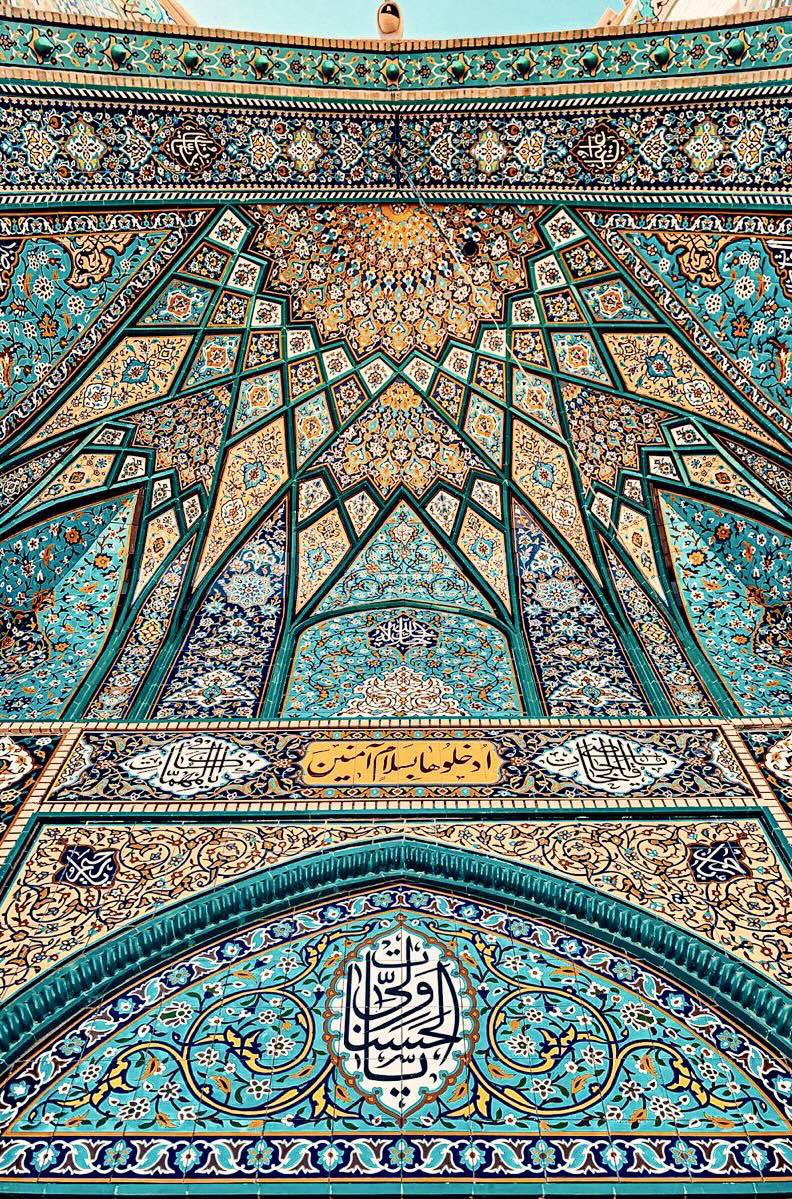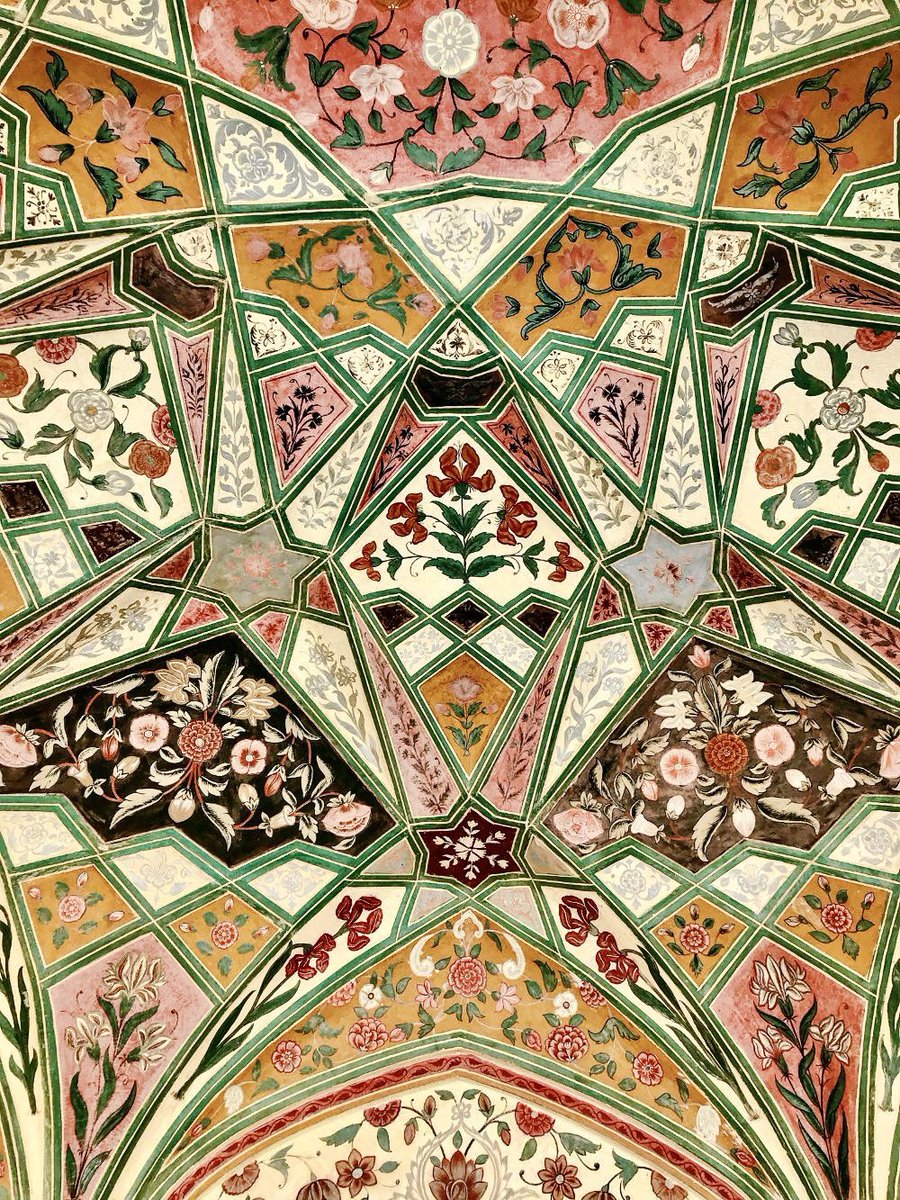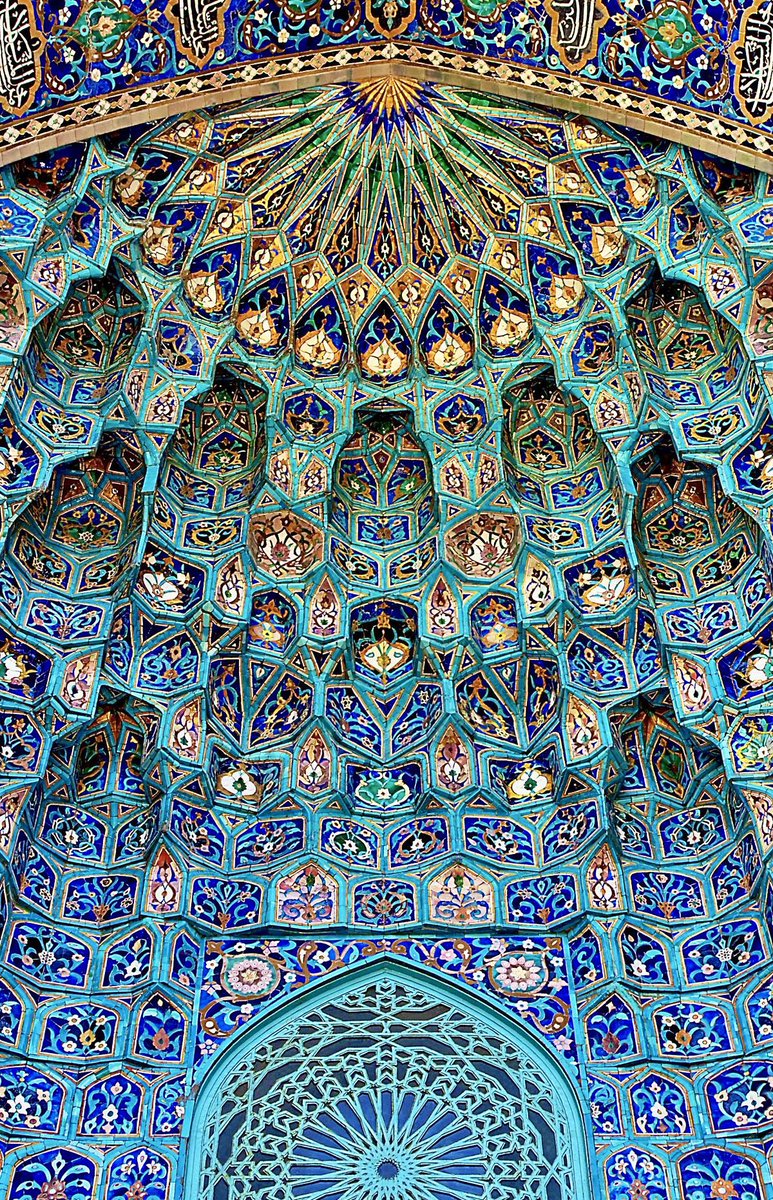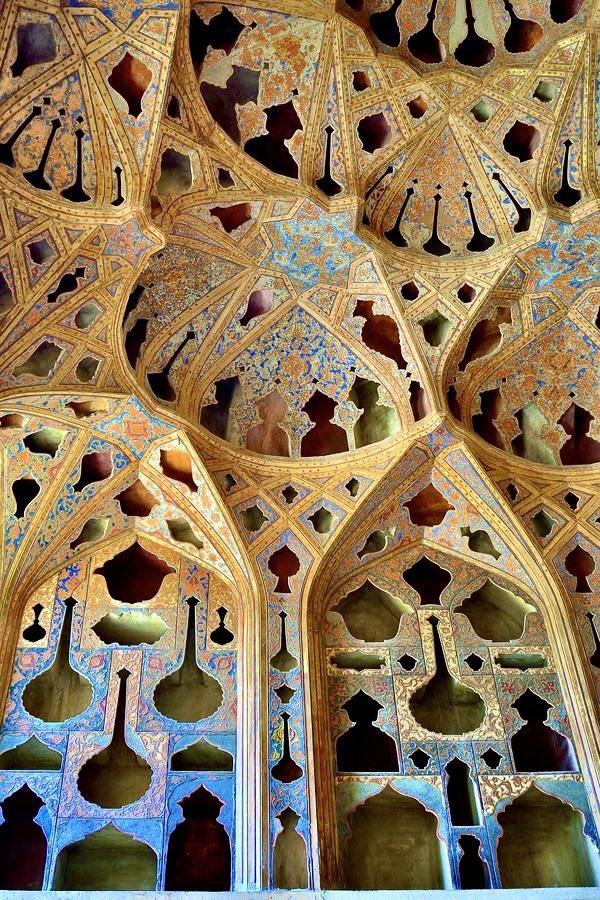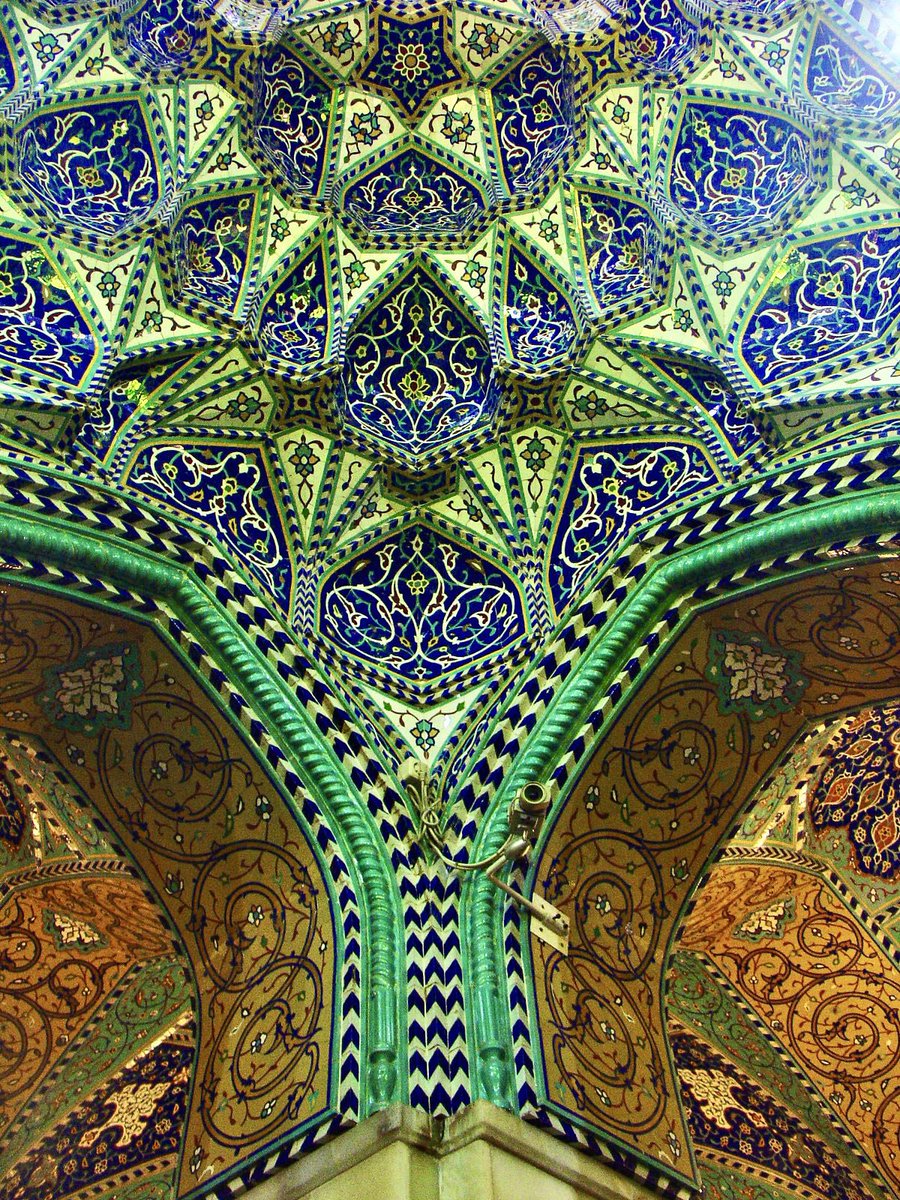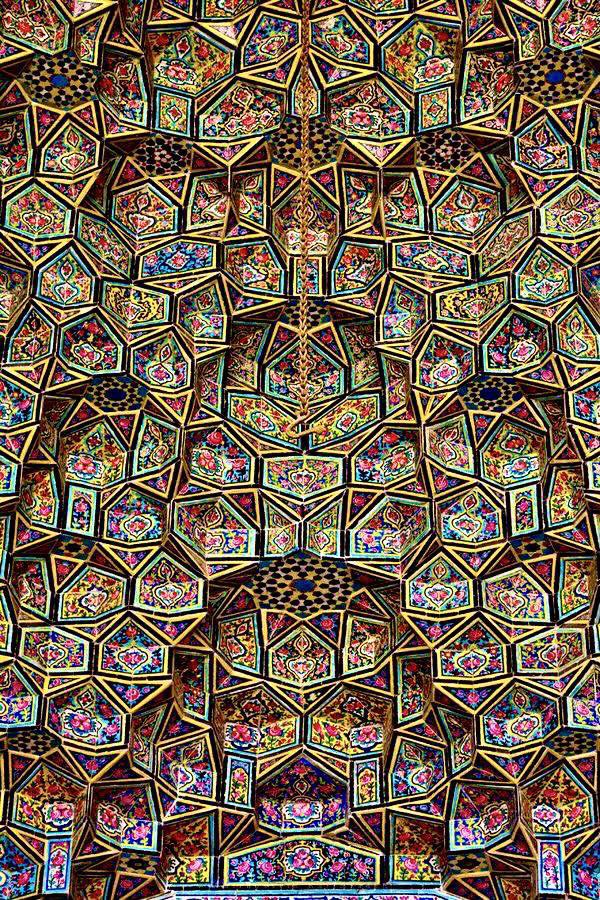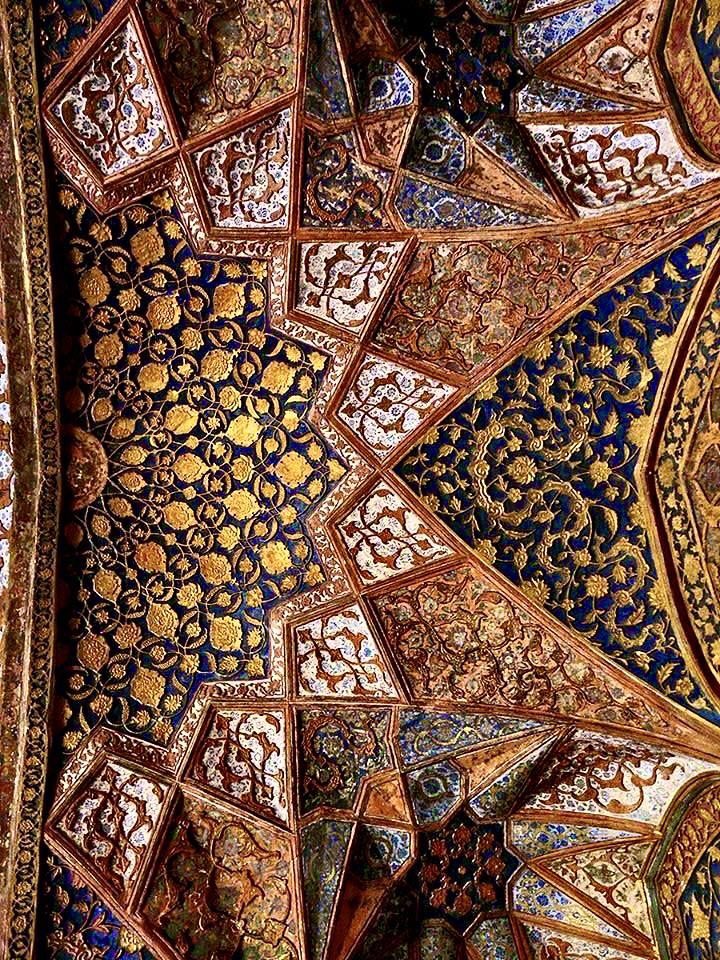Muqarnas is an architectural embellishment in Islamic art, renowned for its honeycomb-like patterns that grace ceilings, domes & arches, creating an illusion of depth & complexity. Historically, muqarnas grew in decorative use from the 12th century
A thread of exquisite examples twitter.com/i/web/status/1…
A thread of exquisite examples twitter.com/i/web/status/1…
1/ Muqarnas are an architectural act of endless fascination, as the vertical surfaces from three sides transition through these honeycomb faceted surfaces to a single point creating an arch. One truly gets lost in their geometrical complexity. 

2/ Exquisite mirrored Muqarnas at Al-Askari Mosque, Samarra, Salah al-Din Governorate, Northern Iraq 

Want to know more about the art of Islamic pattern and sacred geometry?
Join us for an enlightening online event, led by renowned experts Adam Williamson and Samira Mian. This event is perfect for anyone interested in Islamic art, design, and architecture, and who wants to learn… twitter.com/i/web/status/1…
Join us for an enlightening online event, led by renowned experts Adam Williamson and Samira Mian. This event is perfect for anyone interested in Islamic art, design, and architecture, and who wants to learn… twitter.com/i/web/status/1…
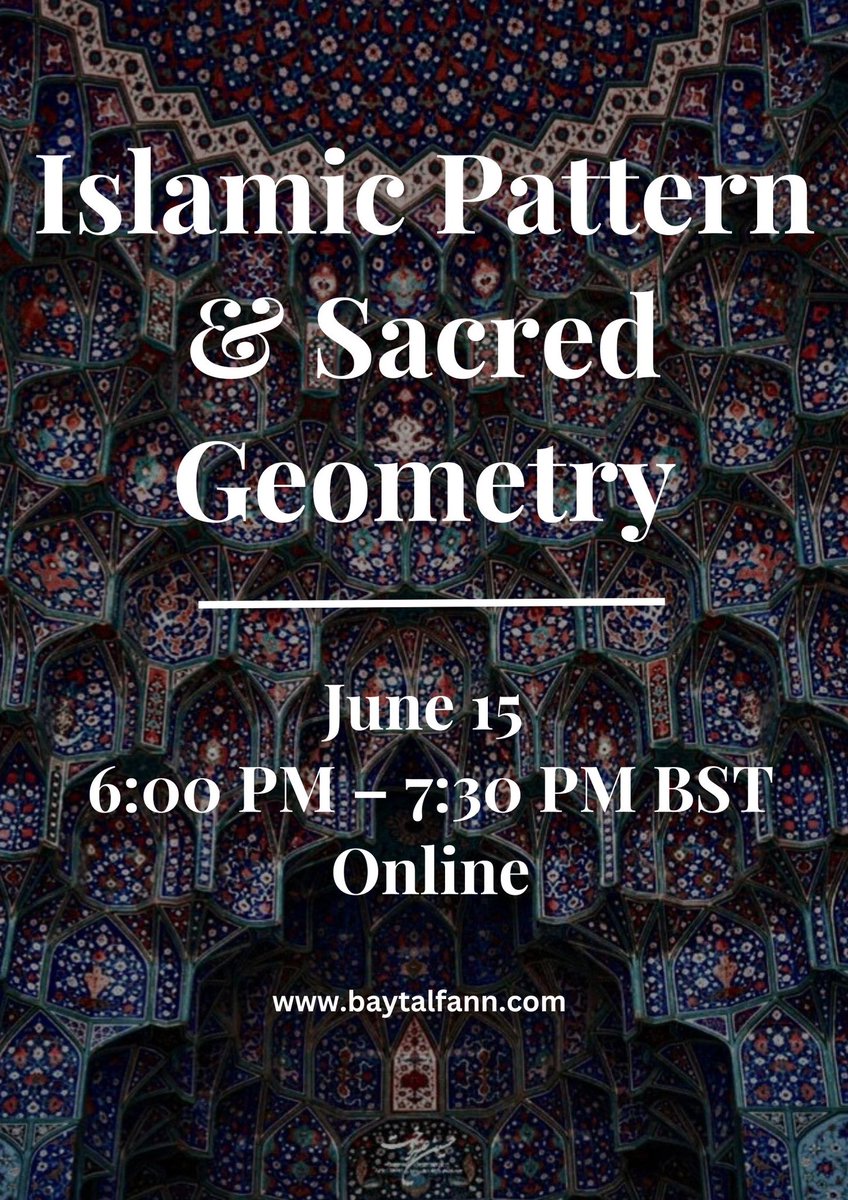
• • •
Missing some Tweet in this thread? You can try to
force a refresh

 Read on Twitter
Read on Twitter
